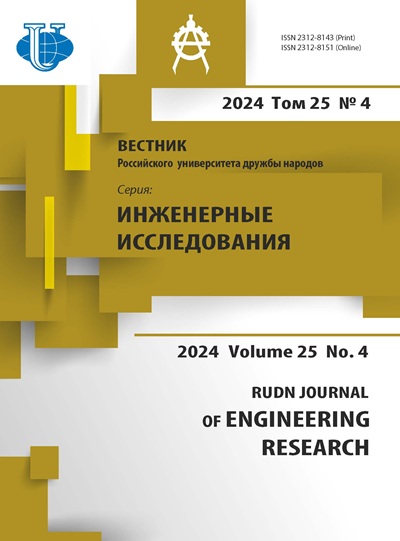Abstract
The maintenance of a given configuration of the satellite formation of the “TerraSAR-X - TanDEM-X” type is considered. It is assumed that the master satellite performs only maneuvers to maintain the working orbit, and the slave satellite performs identical maneuvers to maintain the working orbit and additionally performs maneuvers to maintain a given relative configuration of the group. For the working orbit of the master satellite, the dependence of the total characteristic velocity costs for maintaining a large semi-axis, eccentricity, inclination, and their various combinations on the maintenance accuracy is studied. The minimum limits of accuracy at which maneuvering is not required are set for each of the elements. This study is general in nature and allows future missions to be planned, providing the necessary trade-offs between the accuracy of maintenance and the total characteristic speed costs that increase as maintenance accuracy increases. Also, a study of the energy costs of relative maintenance, provided that the engines of the master and slave satellites operate almost the same. It is shown that the relative maintenance requires significantly lower fuel costs, even with the accuracy required in the project. The software product developed for this study is of universal application and will be used to investigate the cost of maintaining a more complex system of four satellites, in which three satellites rotate relative to the base satellite.
















